Today, tampons are used by over 100 million women worldwide. Sanitary pads, on the other hand, are much more widespread, due to a cultural aversion to tampons in many regions. They represent a multi-billion dollar industry. Even though half the population lives with monthly menstruation, frank discussions about what it does to women's bodies, moods and abilities during this period are not encouraged by today's society. In the first half of the 20th century, single-use sanitary pads and tampons became available in all developed and most developing countries.
Along with this widespread use come enormous environmental costs.The average woman uses between 10,000 and 15,000 sanitary pads in her lifetime. The time it takes for them to degrade in a landfill appears to be around 400 to 500 years. That's centuries longer than the lifespan of the woman who used them. This is particularly true when they are packaged in a plastic wrapper or bag. What's more, the manufacturing process for these products requires a lot of raw resources and a high concentration of chemicals. It seems that despite the explosion of sustainable and healthy options for a wide range of products over the past decade, the options for this intimate aspect of women's lives haven't changed much in the last century. In fact, we have some good options, but we rarely talk about them.
What are the options?
There are a lot of options on the market today. And in fact, it's pretty simple to imagine what the needs are and we don't think we need to do a lot of scientific research on the subject. Since the beginning of human life, women have used natural options to manage their menstrual flow. Here are the 4 most accessible options today.

1- Reusable sanitary pads
Reusable menstrual pads are generally made from cotton or flannel. Some brands superimpose several layers of fabric to absorb the flow. Others offer fewer layers, but have a waterproof lining underneath. To care for them, simply or soak used towels in cold water rinse immediately after use, then wash them in the washing machine with your clothes. Cloth sanitary towels will last for many years.
A good reusable sanitary pads should be comfortable, affordable and well-designed. It should stay in place and absorb as well as any disposable sanitary napkin. Today's reusable sanitary pads disappear under your clothes and let you live your life as you would if you weren't menstruating.
The concept is quite simple. So simple that many women choose to make their own pads.

2- Menstrual cups
Menstrual cups have been around since the 1930s. At that time, women were looking for an alternative to the choices they had. Although they were discovered almost 90 years ago, their breakthrough in the feminine hygiene industry is much more recent.
The menstrual cup is a reusable, bell-shaped silicone cup. It is worn inside the vagina, close to the cervix. Its function is to collect rather than absorb menstrual flow. There are many models on the market today. Most offer 12 hours of leak-free protection. If you wash it well, the cup could last 10 years. You'll want to choose one that's free of latex, PVC, acrylic, BPA, phthalate, elastomer, polyethylene and dye. You can find two really different menstrual cup models in our store. One (Diva cup) offers 3 different sizes depending on the woman's maturity, and works by suction. The other, totally different (Nixit) offers a single size for all.
3- Sea sponges, not so much!
Sea sponge is completely natural and contains no chemicals. The way to use it is by inserting the sea sponge into your vagina to absorb menstrual flow. Then remove and rinse at least every three hours. Between periods, we recommend boiling the sponge for at least five minutes to eliminate bacteria. A sea sponge can be reused for five or six menstrual cycles. It's important to keep it in very good condition to prevent pieces from coming loose inside the vagina. This would encourage the proliferation of bacteria and could damage the body's pH balance. In compliance with the US Food and Drug Administration, twelve "menstrual sponges" were examined by the University of Iowa laboratory and the researchers observed that they contained sand, bacteria and various other materials. So, even if it's natural, you need to keep this in mind!
4- Menstrual panties

These are actually very popular in Asian countries, and increasingly well known in North American countries. These are panties made from natural textiles with integrated absorbent pads. Most offer waterproof protection, and some can be worn in place of a tampon or sanitary napkin. To wash them, use the same approach as for reusable sanitary towels. Simple and easy! As with towels and tampons, you should avoid synthetic fabrics as they can cause irritation. Instead, choose natural fabrics such as cotton or bamboo. And to make them even more eco-friendly, why not choose a more sustainable, organic fabric.
Don't worry, because as they become increasingly popular, there are many models available. Most of us think of vintage underwear like those pairs of black granny panties that only see the light of day for one week of the month. But they're not ugly at all!
The lack of information disclosure from leading feminine hygiene brands could be preventing women from purchasing reusable options. We've seen that there are good reusable options out there, but even if some are natural, we need to educate ourselves and keep in mind that we need a critical eye to make a healthy choice. What's more, it's possible that your first attempts won't work for you. As we have many choices, we encourage you to try others until you find the most comfortable for you.
Ecologically yours,




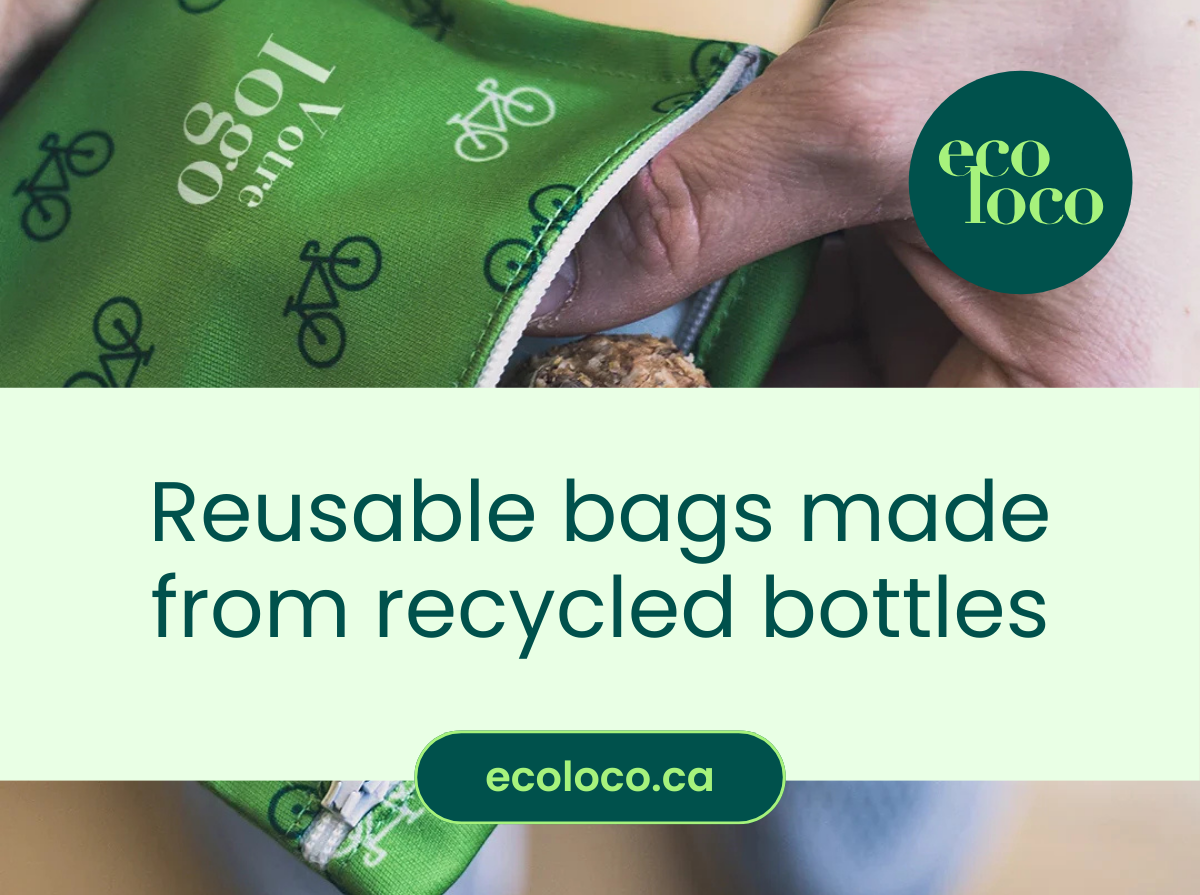
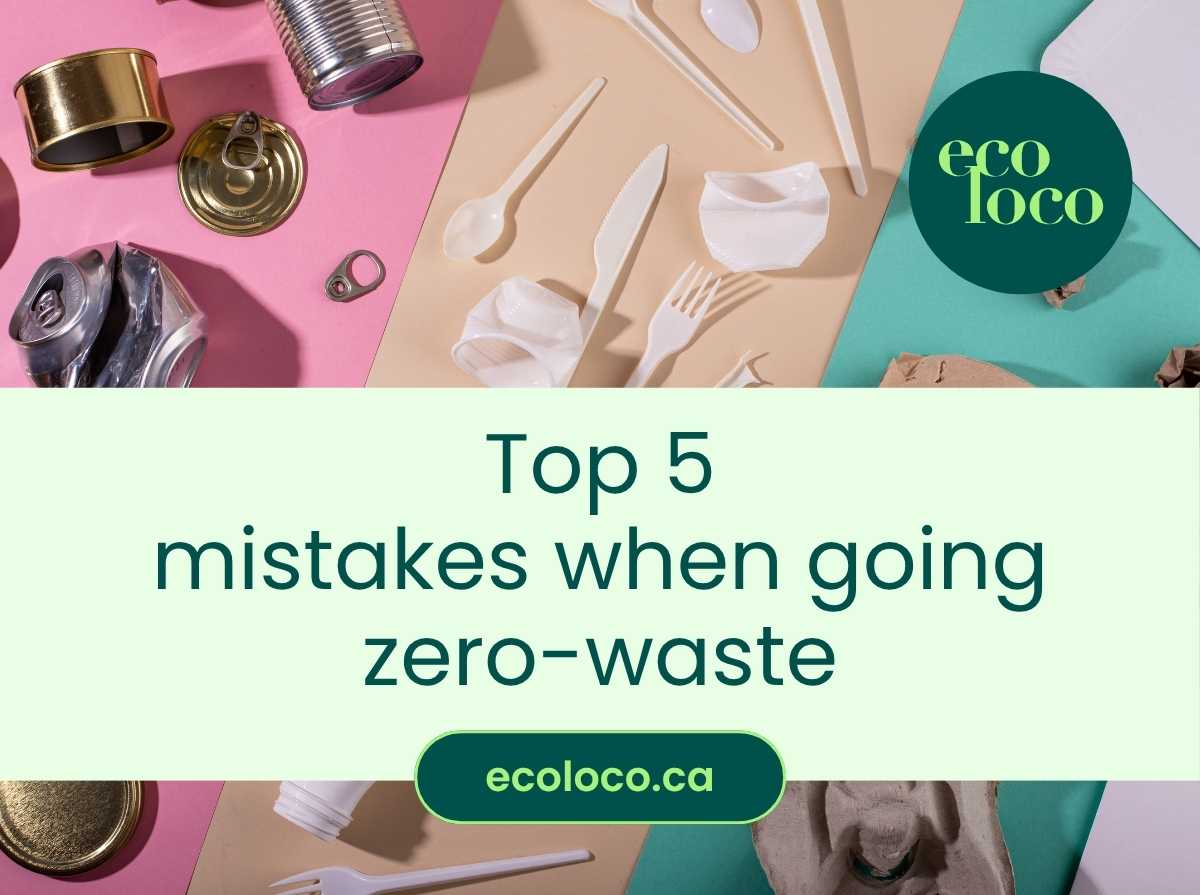
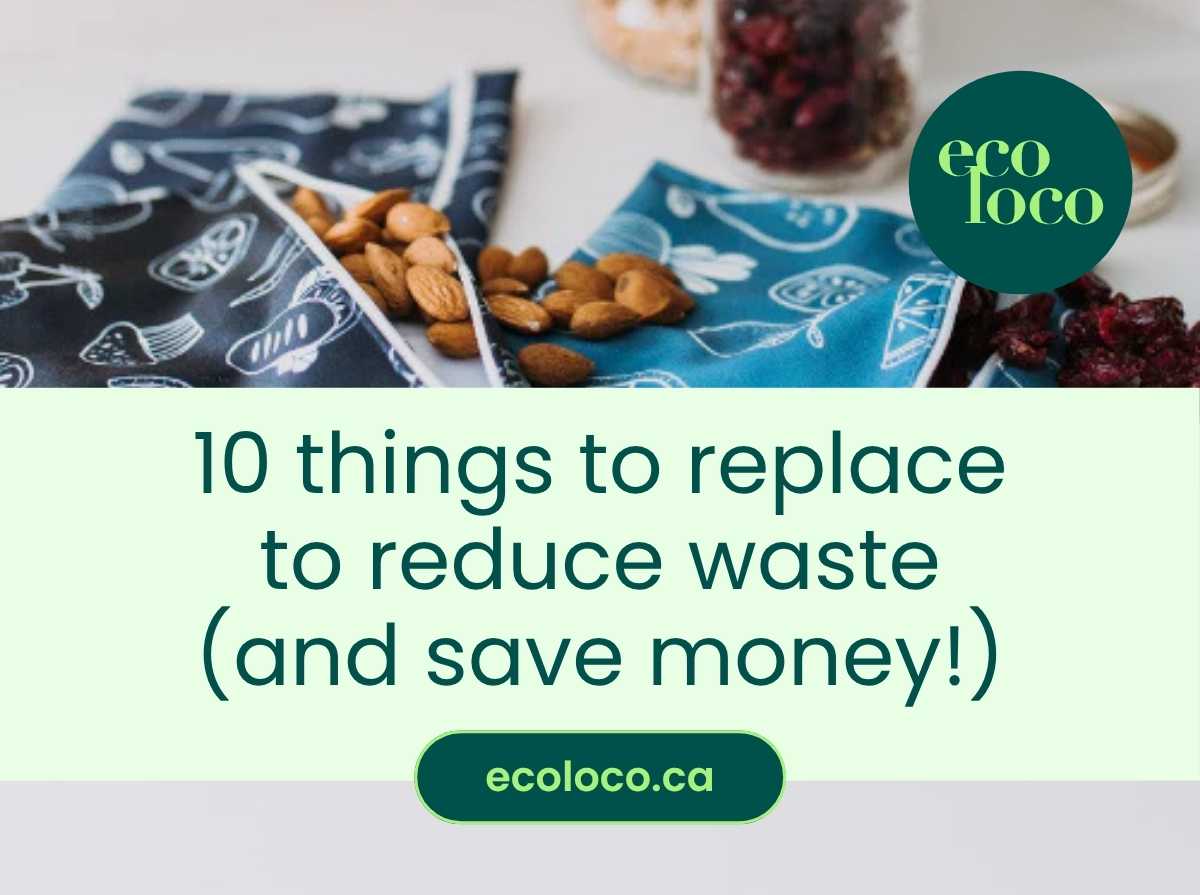
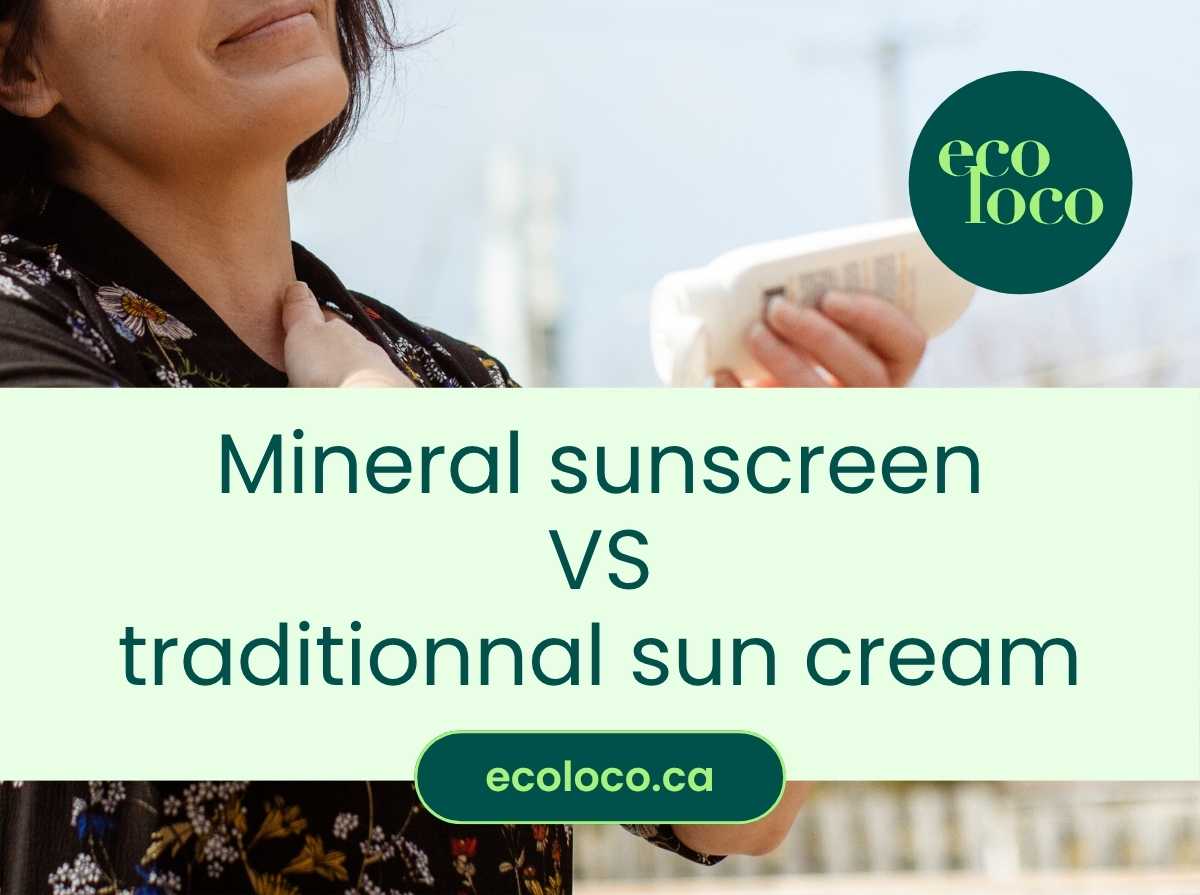

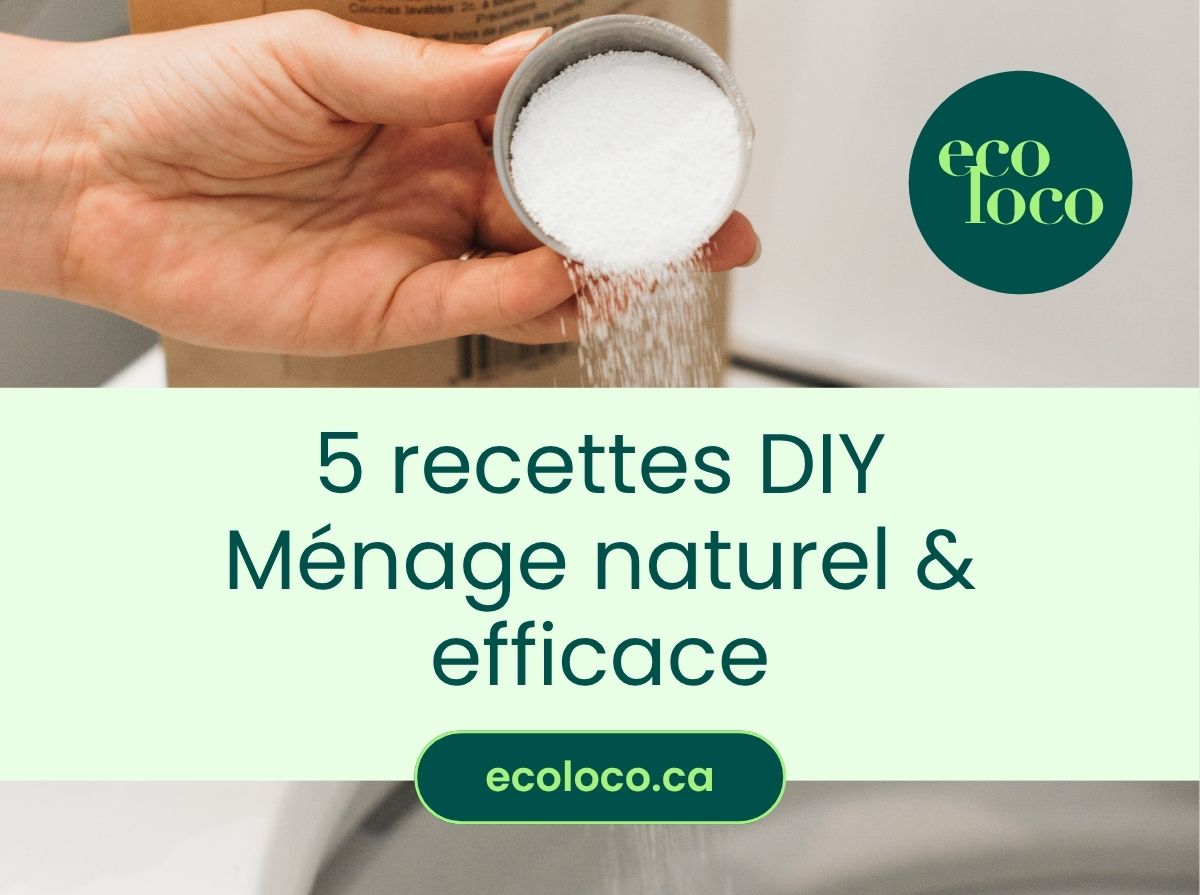
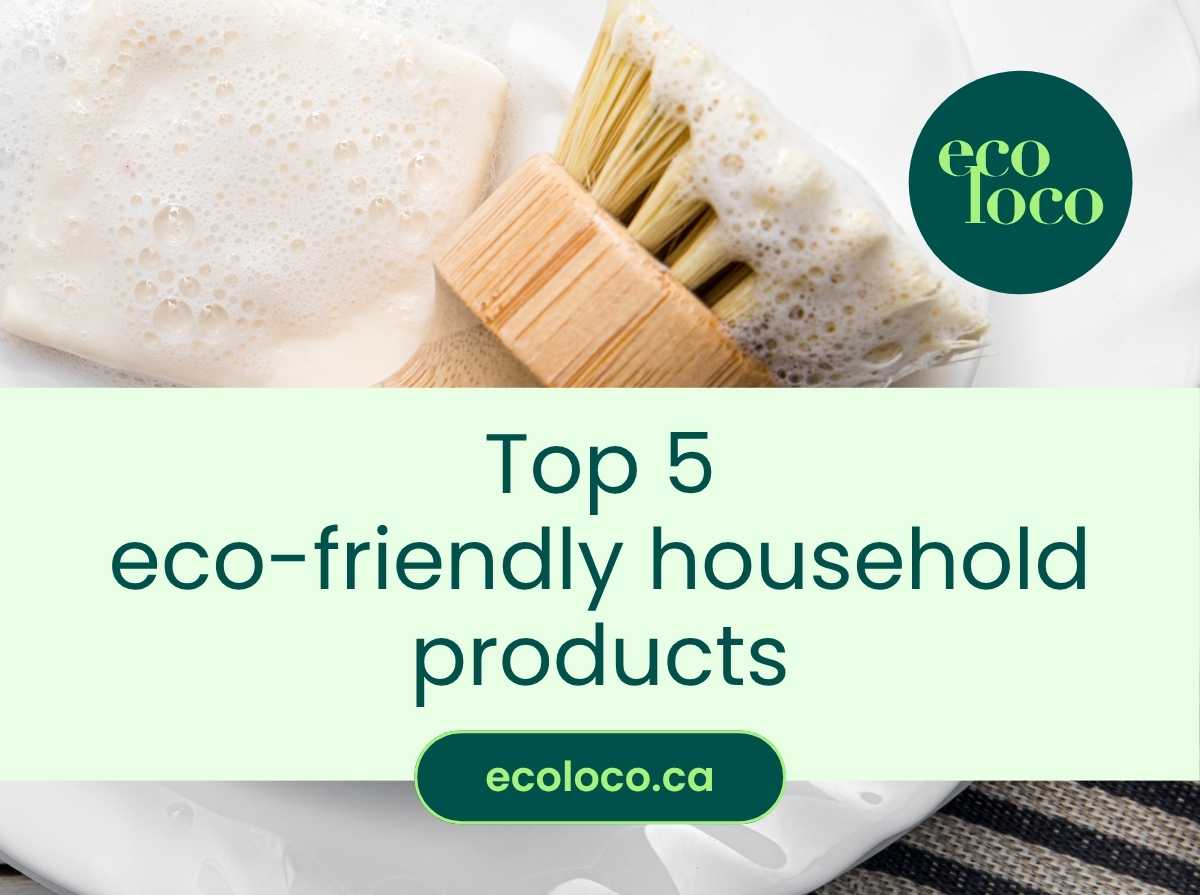
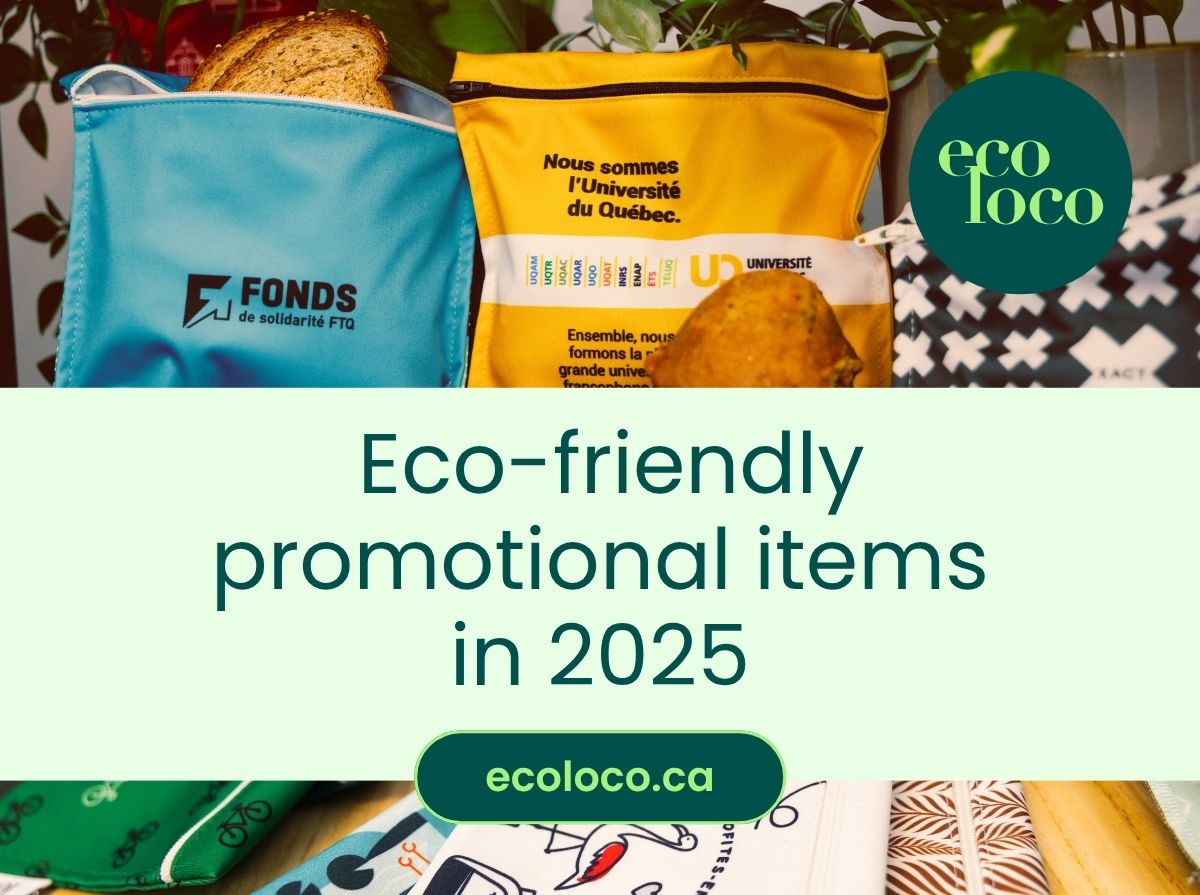
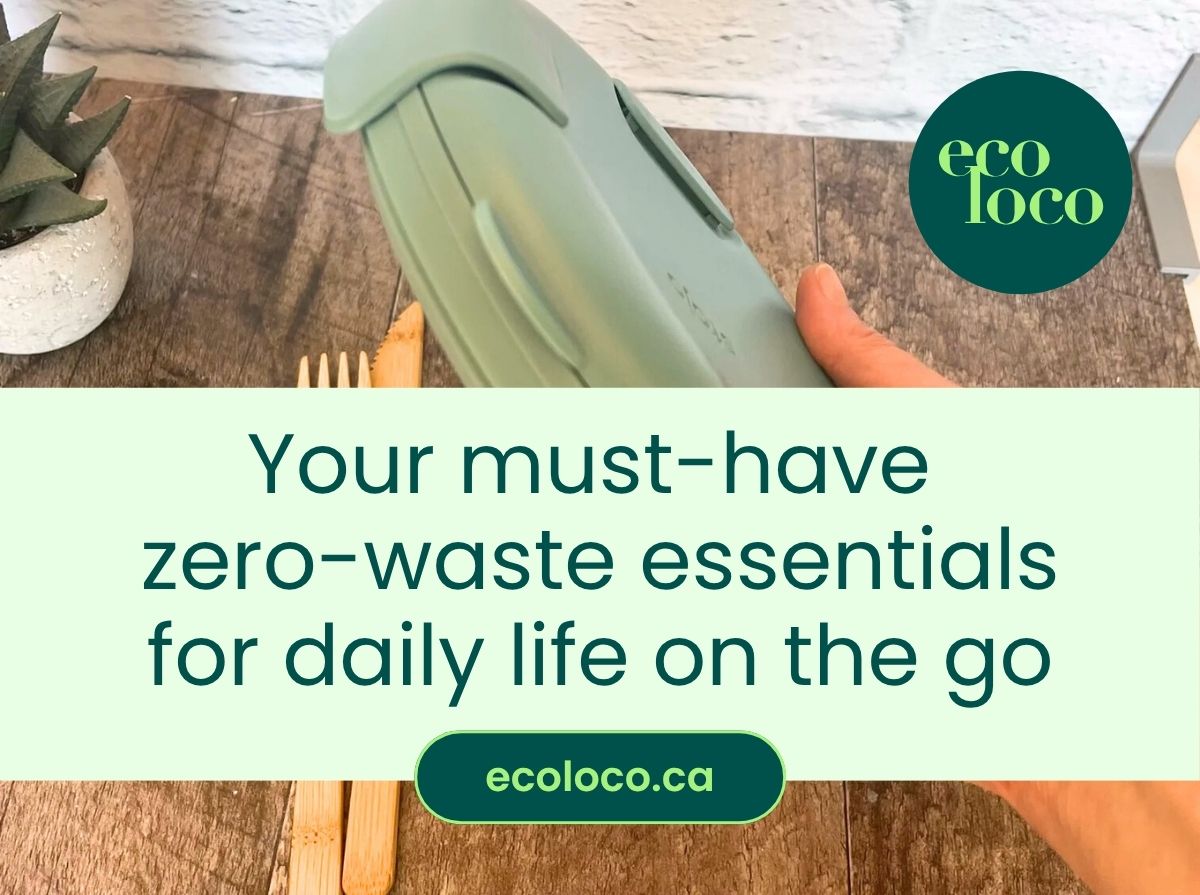

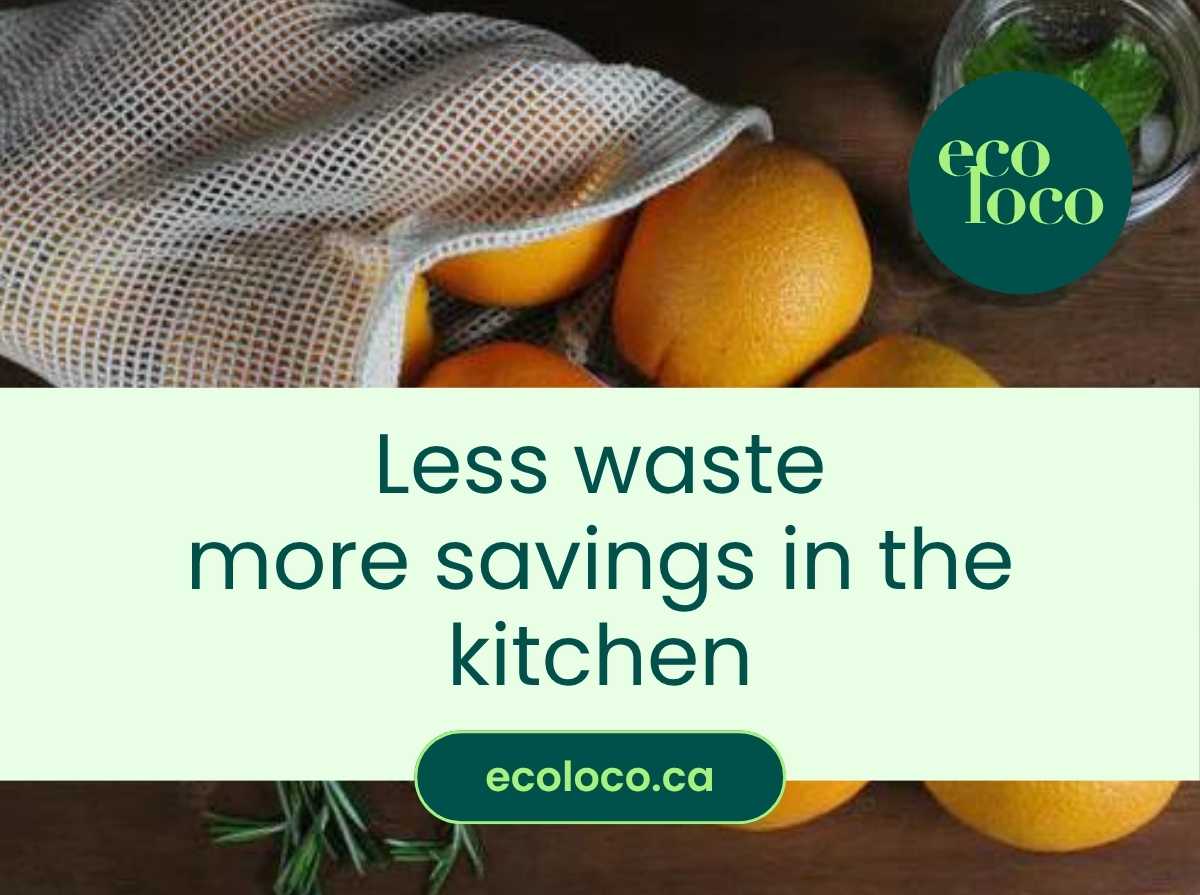
0 comments